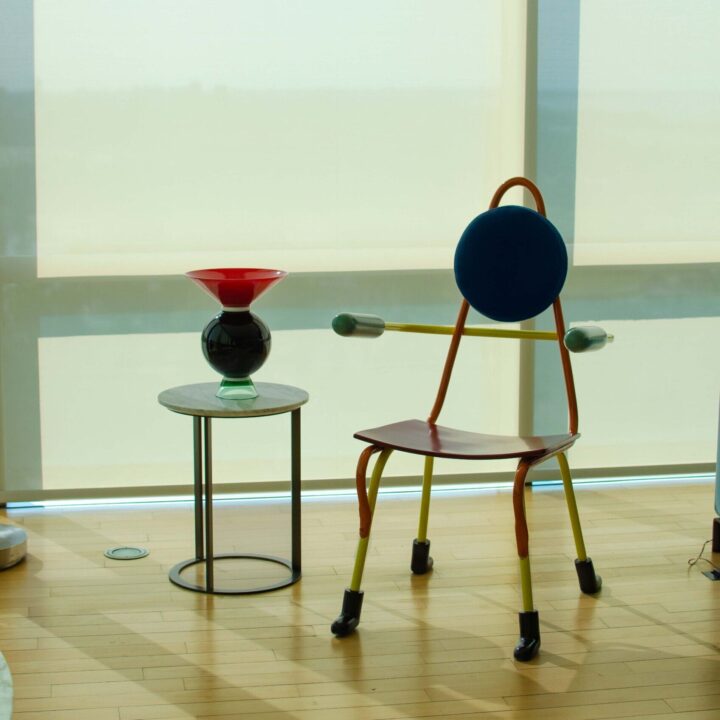The LALANA Exhibition is an entirely original and provocative art concept that is currently on display in the Miami Design District, which presents art as people have never seen- or used- before. LALANA is a design initiative that works with modern and contemporary Argentine artists to reimagine their original artworks as functional pieces bred in local techniques and noble materials. The exhibition features three textile pieces based on artworks by Roberto Aizenberg alongside a floor piece and sculptural chair by Luis Fernando Benedit.
These resulting pieces have been hand-woven artisanally in silk and wool or built as prototypes from sketches, enabling new ways of engagement with the artworks which can now be used, touched, and inhabited. Designed for those curious at heart, this exhibition sets your inner child free.
Architect, designer, and visual artist, Benedit began his career in the arts in the early sixties. He explored Informalism and Neo-figurative art, and later approached the aesthetics of Pop with bright solid colors and a hint of humor. In the seventies, he explored the connection between art, science, and nature. A recurring subject in Benedit’s work is the historical and cultural identity of Argentina. Parallel to his artistic and architectural career, he designed a vast variety of interiors and every-day items, such as lamps, tables, chairs, and other furniture. Conceived as unique pieces, they frequently feature materials and elements that evoke this local imagery, from a modern and often satirical point of view.
Aizenberg studied architecture for a year before devoting himself to painting. He joined the workshops of Antonio Berni and Juan Batlle Planas, both Surrealist pioneers in the Argentine art scene at the time. Architectural structures and geometrical shapes would soon become a key element in the development of a very personal iconography, rooted in surrealism and metaphysical painting. Throughout a five-decade-long career, he worked in multiple techniques, including oil painting, drawing, collage, etching, sculpture and jewelry design. The objects represented, with sharp edges and muted colors often resemble buildings or towers, with endless rows of tiny empty windows, much like ancient monuments or abandoned cities. They are set in unlikely landscapes, where the earth is a dark and reddish hue, against huge bright skies in gradients of blue, green or yellow, which might evoke those of Aizenberg’s birthplace in Entre Ríos. Often, the central feature of these enigmatic compositions are multi-faceted shapes -resembling fans or umbrellas- suspended in space. In others, it is curvilinear figures recognizable as human. Treading a fine line between figuration and abstraction, these striking images arouse feelings of uncertainty and existential uneasiness. The impossible combination of these elements create dreamlike atmospheres, sometimes peaceful, other times nostalgic, but in all cases unsettling, like an unapproachable symbolic language.






